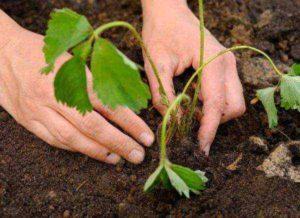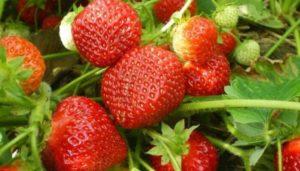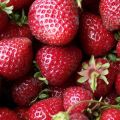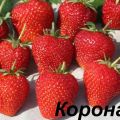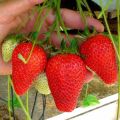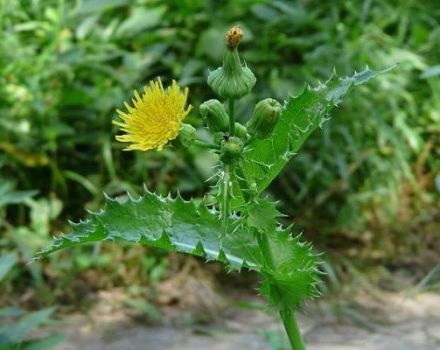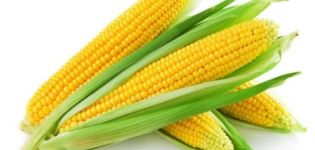Description and characteristics of the strawberry variety First grader, planting and care
First-grader large-fruited strawberries are successfully grown in Siberia. The variety was bred for the Siberian climate. A team of Altai breeders worked. The authors of First-graders A.D. Zabelina, N.P. Stolnikova used two popular varieties in their work: Fairy and Torpedo.
Strawberry First grader: description, characteristics
The grade First-grader is self-pollinated. The plant has female and male flowers. Bush characteristics:
- upright, 30 cm high;
- low;
- well leafy;
- diameter 40 cm;
- leaves are large, dark green, with a waxy bloom;
- cuttings are thick, pubescent;
- there are many mustaches on the bushes.
Medium early variety. Flowering occurs at the end of May, lasts a little less than 2 weeks. The first berries ripen at the end of June. Productivity of strawberries First-grader 800-1000 g / m². When choosing a variety for planting, study the description of the berries. During the first (1-4) harvests, they are large - 35 g, in subsequent (5-7) harvests they become smaller up to 15-20 g. Parameters of strawberries First-grader:
- blunt-conical form;
- ribbing is pronounced;
- taste score 4 points;
- the main color is red, in the area of the ribs it is claret.
For Siberian regions, the winter hardiness indicator of the variety is important. During the tests, the First Grader withstood frost of -33 ° C under a layer of 7 cm of snow. The variety tolerates drought well; in a rainy, cool summer, the bushes of the First Grader are susceptible to gray rot. The variety is not suitable for hot climates. From the heat, the berries become smaller, lose their taste.
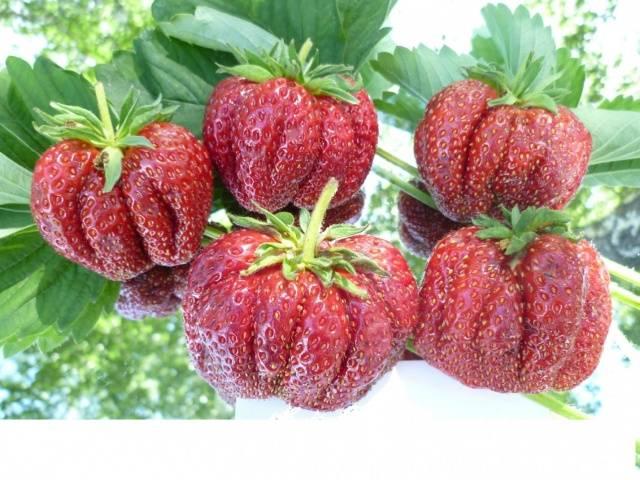
Positive and negative sides of the variety
Winter hardiness and drought resistance are the main advantages of the First-grader variety. The advantages include stable yield and disease resistance (brown spot). Strawberry mites rarely attack strawberries, this has a positive effect on the quality of the fruit.
The variety has disadvantages that need to be assessed before purchasing seedlings. Bushes and fruits suffer from gray rot in rainy weather. By cons, many include stretched fruiting. Because of this, the variety is not profitable to grow for market use.
How to grow strawberries correctly
Strawberry variety First-grader is winter-hardy, but in regions with unstable snow cover, the bushes require mandatory shelter for the winter.
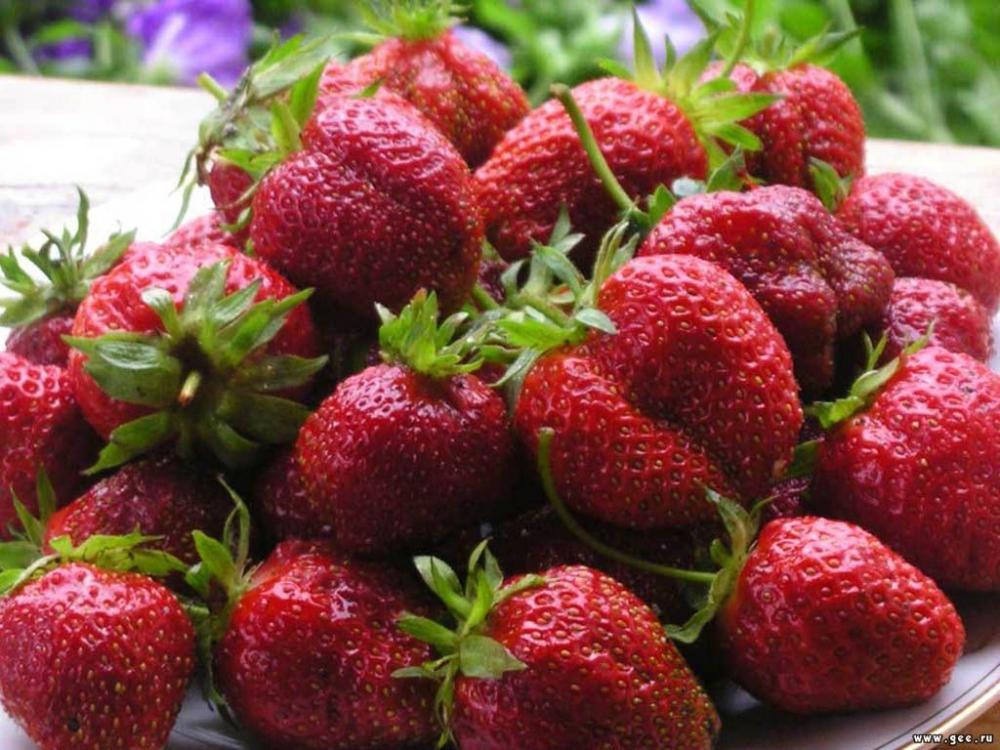
When to plant
You can plant seedlings of the First Grader from April to September. Each time has its own characteristics. It is preferable to plant in late July or early August.In this case, the next year a 1-year-old bush will delight you with a good harvest. He will have 2-3 horns in a year.
The choice of planting material
An experienced gardener knows how to choose quality planting material. He visually assesses the condition of leaves, roots, sizes. Parameters of high-quality strawberry seedlings with an open root system:
- roots are fibrous, light;
- rhizome length 7 cm;
- diameter of the root collar 0.7-0.8 cm;
- 3-4 green leaves without spots and damage;
- the core is not dry.
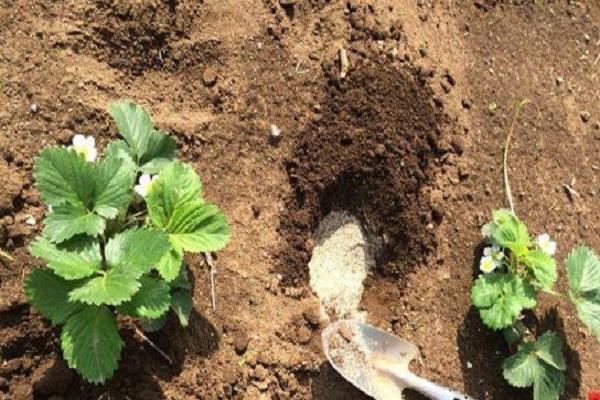
Choosing a landing site
Strawberries do not like stagnation of moisture, therefore, if the garden is in a lowland, high beds are built for the first-grader strawberries. Culture does not like the shadow either.
Do not break the garden bed after nightshade crops (pepper, tomato, potato, eggplant) and raspberries.
To disinfect the soil at the site of the future garden bed, you need to sow green manure:
- white mustard;
- oil radish.
Green manure grows quickly; when digging, they are embedded in the soil. Their greenery kills pathogenic microorganisms, enriches the soil with useful microelements.
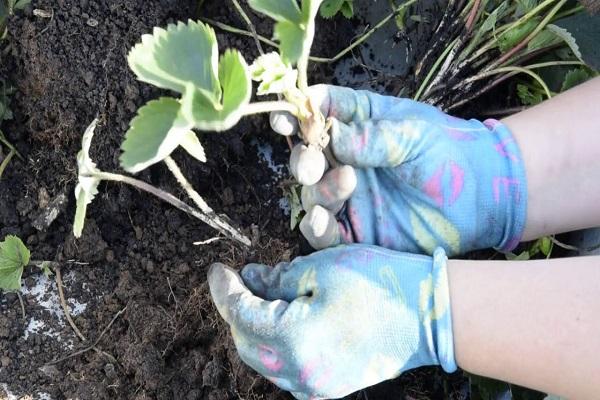
Landing
The optimum bed width is 1.25 m. Recommended hole pattern 30 x 50 cm. Before planting strawberries First-grader, the ridge needs to be filled with compost 8-10 kg / m². Add 1 tsp to each well. mixtures:
- sand - 1 l;
- preparation "Zemlin" (against pests of strawberries) - 30 g.
Seedlings First-graders are planted so that the central bud is above the ground. The ridge is watered, mulched with humus, compost. On each bush, 2 leaves are left, the rest are shortened by ½ or cut off completely.

The subtleties of plant care
When planting in summer, the first days should be shaded from direct sunlight. Monitor soil moisture daily. After 2 weeks, feed the strawberry saplings First-grader with liquid fertilizer "Biohumus". After 3 weeks, water them with herbal mash:
- grass - ½ bucket (10 l);
- ash - 0.5 l;
- a handful of granulated mullein;
- the drug "Fitosporin" (solution) - 125 ml;
- water.
Before use, dilute the mash with water in a ratio of 1:10. For each strawberry bush, pour 1 tbsp.

How to water properly
Watering should be regular. At a depth of 25-30 cm, the soil should be moderately moist. Stagnation of water is the cause of fungal diseases, it cannot be allowed.
Water consumption per 1 strawberry bush First-grader depends on the structure of the soil, the amount of precipitation, and the temperature regime.
Watering strawberries First grader until autumn. For feeding and preventing infection 2-3 times per season, potassium permanganate is added to the irrigation water. The irrigation water should turn pale pink. The amount of watering is normal.
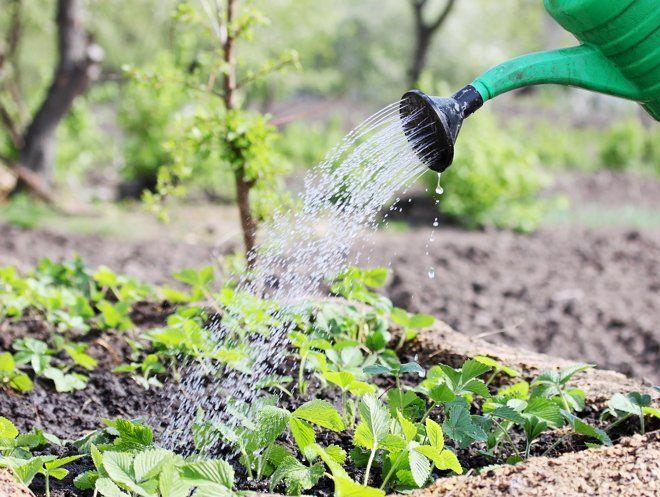
Fertilization
In the spring, under spring loosening, dry granules of superphosphate (2 tbsp. L / m²), urea (1 tbsp. L / m²), potassium nitrate (1 tbsp. L / m²) are introduced into the soil. Do not forget about ash. It protects against pests, supplies strawberries with nutrients. Scatter up to 2 liters of ash on 1 m².
With humus, compost, the bushes are mulched in the spring, if possible, sprinkled in the summer. The bushes of the First graders are fed with a solution of mullein or chicken droppings. Liquid mullein is diluted in a ratio of 1:10, liquid chicken droppings - 1:10.
The feeding scheme is used as standard, carried out at certain stages of strawberry development:
- at the beginning of the growing season;
- before the appearance of buds;
- after picking berries;
- in late August or early September.
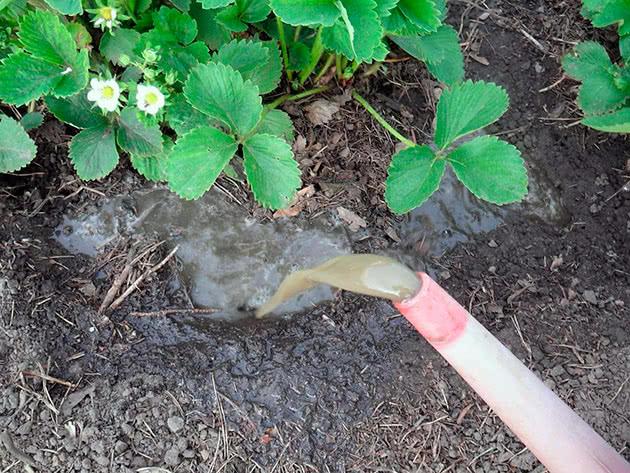
At the end of summer after fruiting, the First-grader is fed with nitroammophos, superphosphate, potassium nitrate.
Loosening
Between the bushes, carefully loosen only the upper 2 cm layer. The row spacings are treated with a hoe or a flat cutter to a depth of 6-8 cm. The ridge is processed after each rain. Loosening prevents crust formation, improves strawberry nutrition.During flowering and fruiting, only the aisles are loosened.
Weeding
Weeds take away nutrients from strawberries, shade it, worsen the airing of the ridge, so weeding is carried out regularly. Combine it with loosening. Some weeds, carriers of fungal infection, serve as a haven for insects. On a clean ridge of strawberries, the First grader is less likely to suffer from infections.
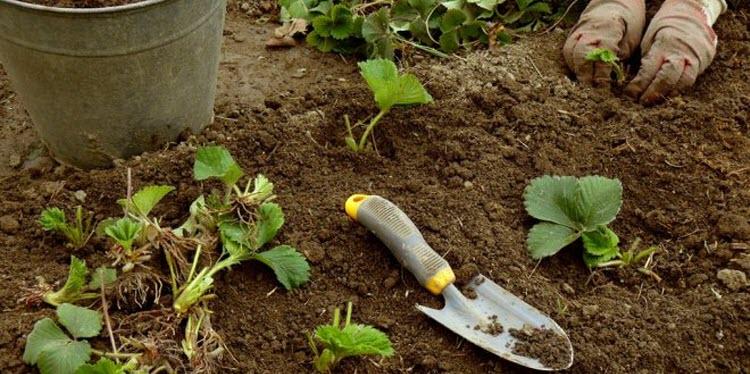
Mulching strawberries
Mulch makes it easier to care for strawberries. The soil under it is always moist, water is saved. No crust appears on the ground. On a ridge covered with a layer of straw, rotten sawdust or peat, insects do not start. Bushes are less damaged by fungus in summer.
Berries do not rot without contact with the ground, clean. Instead of organic mulch, you can use black agrospan. It is laid in early spring, until the bushes have grown. Holes are cut out for the bushes or cross cuts are made. Mulch for this variety is necessary, because the flower stalks fall under the weight of the berries.

Protection of crops from diseases and pests
In the rainy season, the harvest and bushes of the First Grader are affected by gray rot. For its prevention, the ridges are covered with a layer of mulch. From drugs used "Topaz", "Fitosporin", "Baktofit". To prevent pests and diseases, they resort to safe folk remedies:
- onions, garlic are planted on a strawberry ridge;
- marigolds are planted around the perimeter;
- sprayed with hot pepper infusion with the addition of liquid soap.
Slugs and snails from the garden are collected by hand. In case of severe damage to the plot by insects, the bushes are sprayed with a solution of the drug "Actellik".
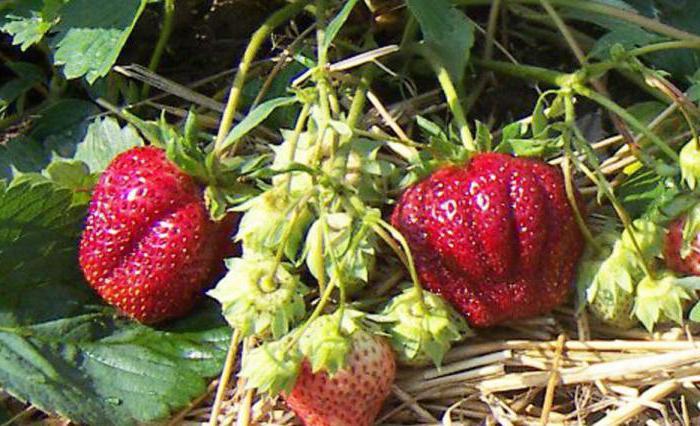
Breeding varieties
Strawberries are propagated by the First-grader by rosettes of the 1st-2nd order and by dividing the bush. 2-year-old plants are suitable for reproduction. The seed method is not practiced because varietal characteristics are not preserved.
Harvesting and storage of crops
The first-grader variety has 1 wave of fruiting. It is long lasting. The berries do not ripen together - from the end of June to the end of July. The crop is harvested 5-7 times. The berries are stored in the refrigerator for no more than 2 days. During transportation, the fruits lose their marketability.
First-graders are not suitable for market sale. The variety should be grown for home consumption. Harvest used for preparations (jam, preserves) and consumed fresh.
